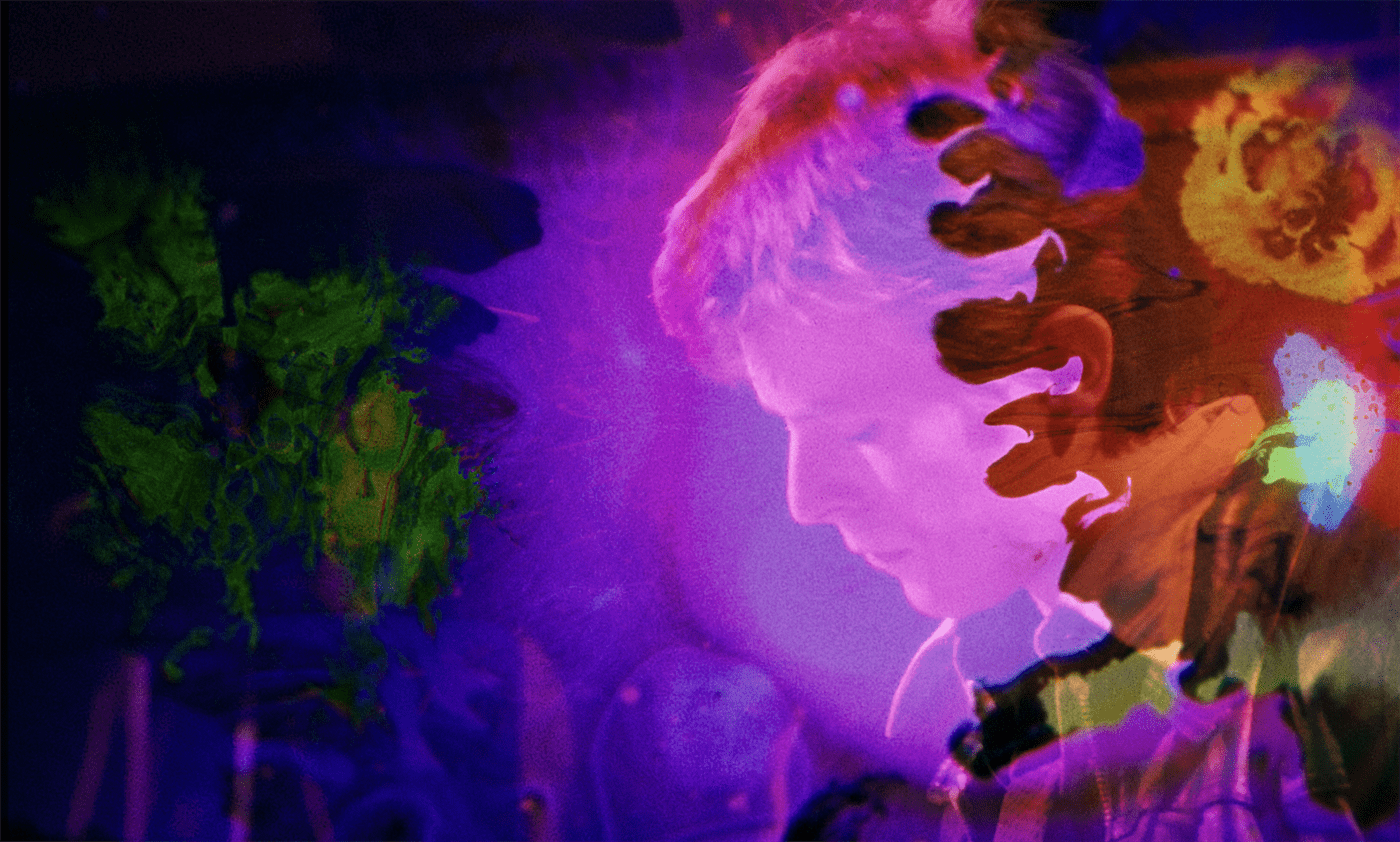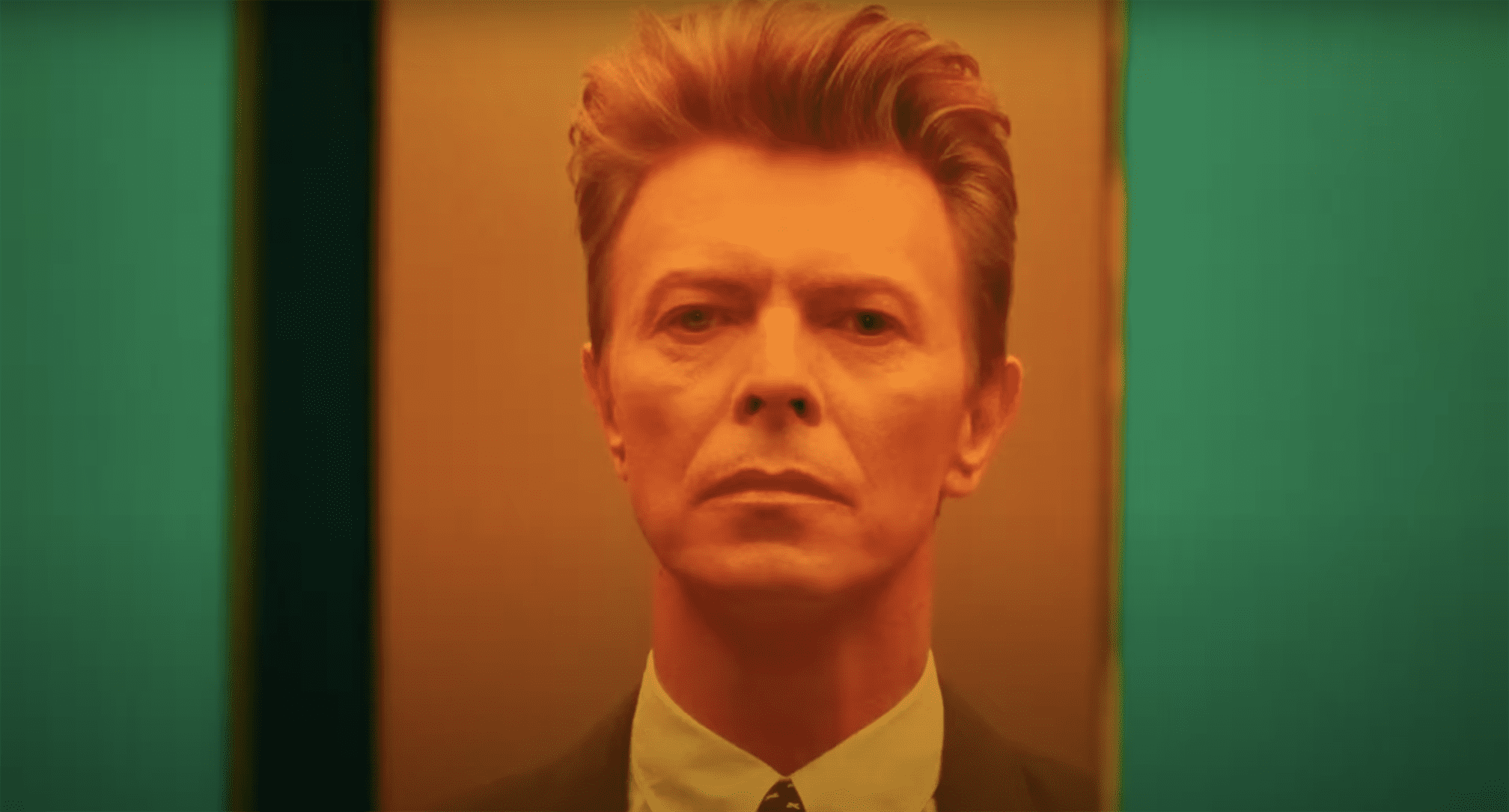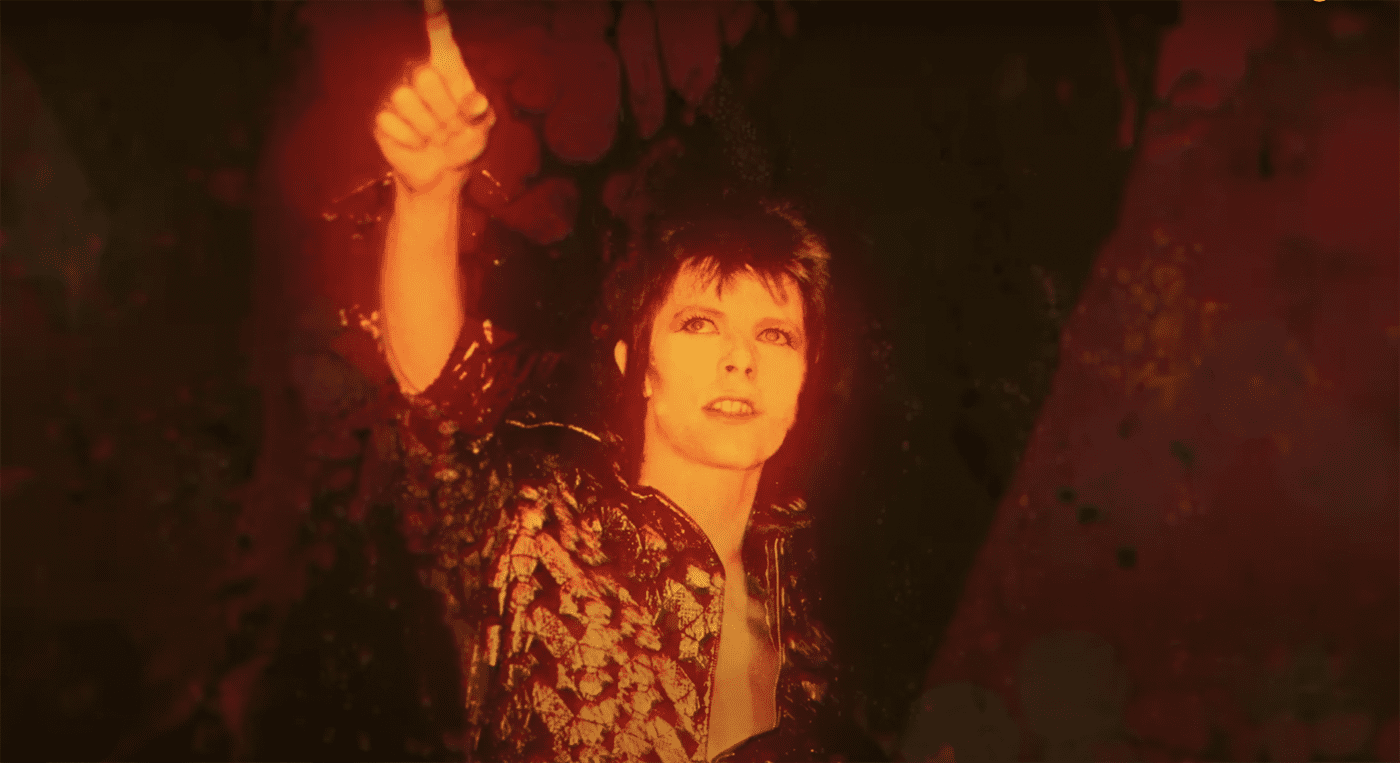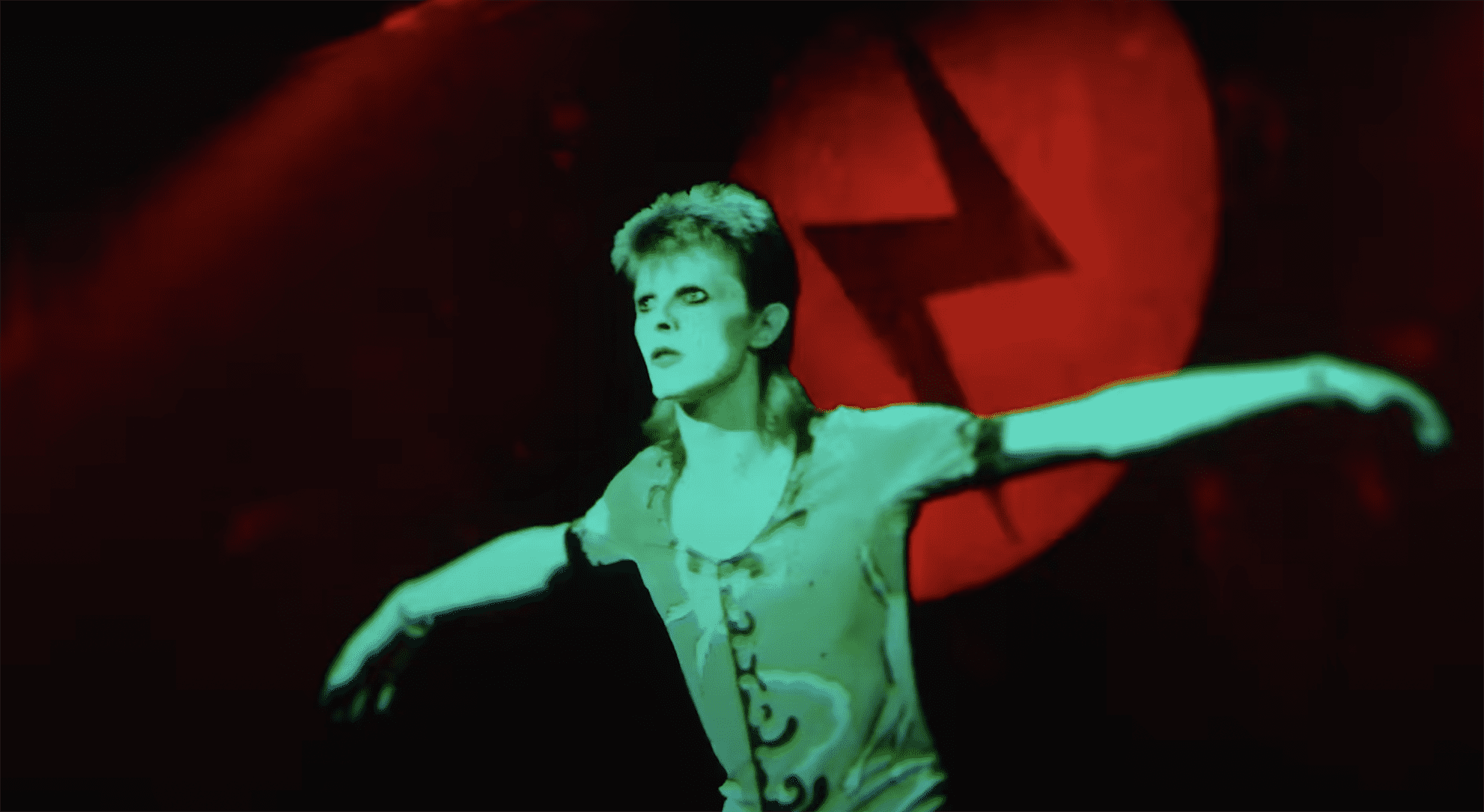Nobody can out-Bowie David Bowie, and “Moonage Daydream” truly understands that. Bowie did so much during his life, constantly changing from persona to persona, musical style to musical style. From Ziggy Stardust to the Thin White Duke, from glam and soul to pop and prog, it seems as if it would be impossible to capture his entire life within a single biopic.
So instead, they didn’t even try.
Yes, “Moonage Daydream” is a documentary, but it was not billed as such leading up to its release, and it isn’t a documentary in the traditional sense. You really won’t learn anything new about Bowie from watching this. There are no talking head interviews of people reflecting on their time with the singer.
Rather than spitting facts and information at you, director Brett Morgen uses archival interviews, concert footage and home videos to craft a tapestry of light, color and sound that really puts you inside Bowie’s mind and creative process.
I’m not a stranger to crying in movies; it actually happens a lot more than I’m willing to admit. Usually, the tears don’t come until the end of a movie. But with this film, my eyes were getting misty after Bowie stepped on screen for the first time.
We see footage from various tours of his, including the Ziggy Stardust Tour, the Stage Tour and the Serious Moonlight Tour, which brought Bowie to his commercial height. We see archival interviews as well, but the most insightful footage used in “Moonage Daydream” has to be the home videos, which makes the whole ordeal so much more personal than a standard documentary.
The film is, of course, decorated with a slew of Bowie classics. All the songs you’d expect are here, “Space Oddity,” “Let’s Dance,” “The Jean Genie” and “Life On Mars?” are featured pretty prominently.
However, much to my delight, they also pull out a ton more obscure tunes, and this variety results in tracks like “Cracked Actor,” “Warszawa,” “Hallo Spaceboy” and “D.J.” getting a lot of time. Breaking loose from the songs you would expect to be featured in a Bowie documentary gives it a unique feel rather than basically being a greatest hits album in movie form (in other words, it’s the anti “Bohemian Rhapsody”).
If I did have to make a critique of “Moonage Daydream,” it would be that Morgen placed too much emphasis on the singer’s earlier work from the 1970s and 1980s. His 1990s work was only briefly touched on, and his work in the 1960s, 2000s and 2010s was barely mentioned once. A little more time fleshing out these less iconic moments in his career would have gone a long way, seeing as those are the parts of his career that are the least notorious to the general public.
Even though we don’t get much information about his career outside his glory era, casual fans and diehards alike will learn much about the singer’s creative process and hobbies outside of the realm of music. We see him paint, create sculptures and act on both stage and screen, including his run in the Broadway play “The Elephant Man.”
Bowie’s versatility is already well known through his adaptation of various musical styles, but being able to see him channel other art styles is incredibly refreshing and adds another layer of depth to this immense portrait of a film.

This is a film to watch in theaters, letting the sights and sounds wash over you.
Photo courtesy of Neon
This is absolutely a film to watch in theaters, letting the sights and sounds wash over you for the full two hours and 15 minutes. It’s a film made for the big screen, from the way the images pop to the incredible sound design. It truly is beautiful and a special experience and it easily soared into my top 10 of the whole year.





